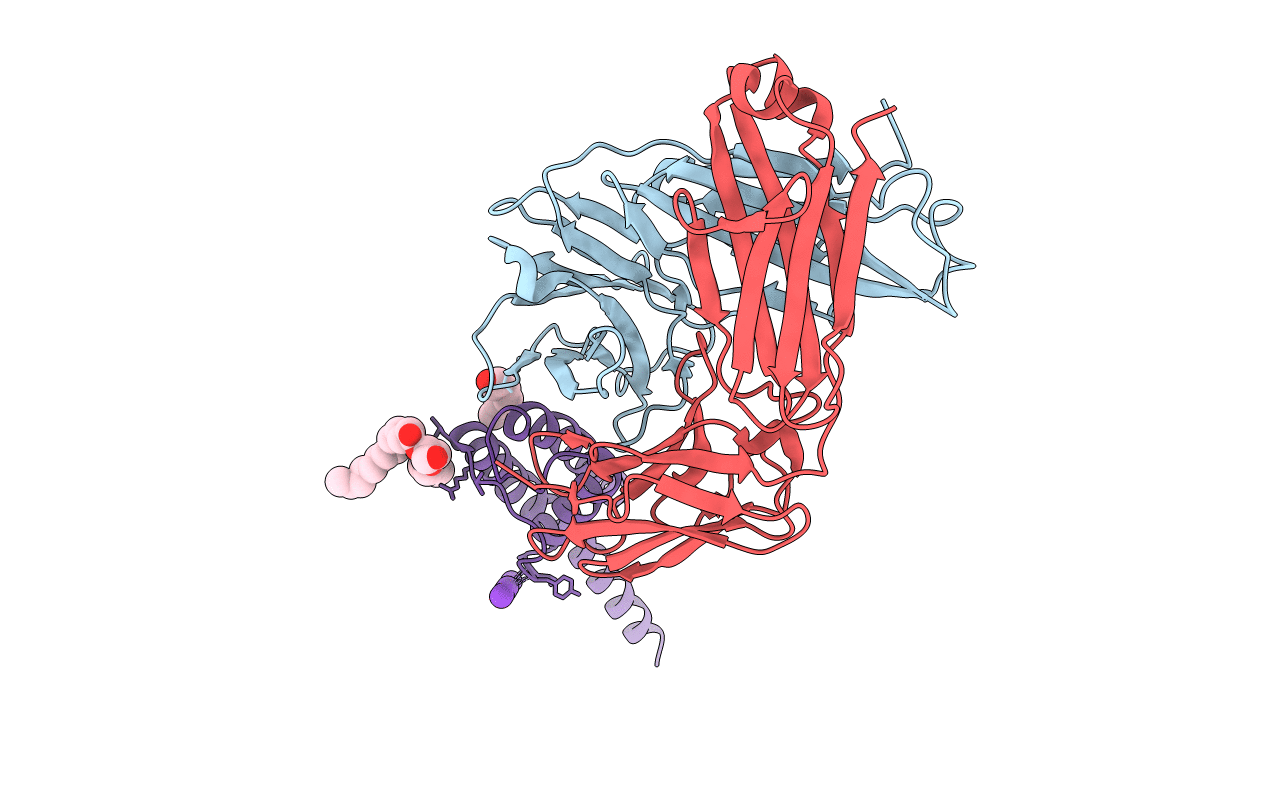
Deposition Date
2017-12-19
Release Date
2018-05-09
Last Version Date
2024-11-06
Entry Detail
Biological Source:
Source Organism:
Mus musculus (Taxon ID: 10090)
Streptomyces coelicolor (Taxon ID: 100226)
Streptomyces coelicolor (Taxon ID: 100226)
Host Organism:
Method Details:
Experimental Method:
Resolution:
2.37 Å
R-Value Free:
0.21
R-Value Work:
0.20
R-Value Observed:
0.20
Space Group:
I 4


